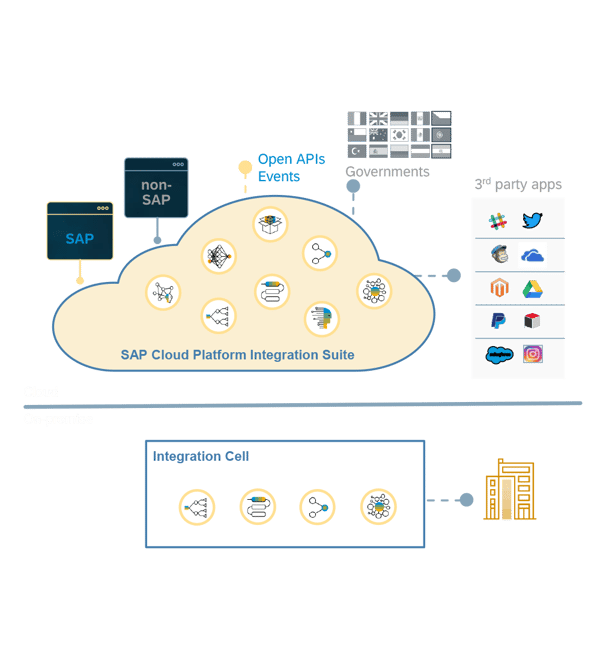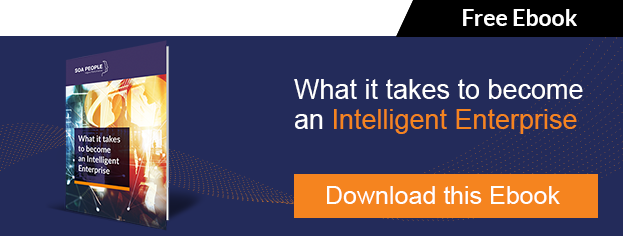Technology landscapes are increasingly hybrid and heterogenous, with some products in the cloud and some on-premise. The average SAP customer expectation is that products and software will work well together straight out of the box to provide connected digital experiences across omnichannel engagements.
But with SAP’s growing portfolio of products together with its vision of an intelligent enterprise where end-to-end processes are enabled by a combination of products, it’s easy to become confused about how integration works. Here we look at how integration – the number one strategy priority for organisations in the digital age – is the key that bridges the gap, offering a great opportunity for organisations to become intelligent enterprises and create the connected digital experiences that customers need.
Simplifying integration
The SAP Business Technology Platform Integration Suite is an open combination of applications, tools, integration scenarios and products that work together cohesively, whether they are SAP, non-SAP, on premise, cloud or hyperscaler. It allows enterprises to digitalise their end-to-end processes and make the organisation more connected and intelligent, with APIs and SAP’s pre-packaged integrations straight out of the box providing defined content and reducing development times:
- Out-of-box Integrations - 1400+ prepackaged integrations
- Simple Semantic APIs - 1200+ APIs from SAP and partners
- Open connectors for hub-based integrations - 190+ connectors to 3rd party apps
- Machine learning to simplify integrations - Integration Content Advisor
- Cloud-deployment and pay-as-you-go - Cloud-native architectures, Cloud credits
- Multicloud deployment offering - SAP | hyperscale IaaS | Private cloud
While today these components have to be purchased separately, SAP’s latest pricing model will mean you no longer have to pay for individual components making it much simpler to deploy and manage.
Understanding the newSAP Business Technology Platform Integration Suite Editions
SAP has simplified the definition of the editions to basic, standard and premium. The pricing has changed to reflect the number of messages and tenants (or instances) which is a fairer method since it’s based on usage rather than connections.
There is also a fourth variant which is the Cloud Platform Enterprise Agreement (CPEA) which allows you buy cloud credits for services that you use. It provides more flexibility because it gives you a free choice of services and is consumption-based.
SAP’s hybrid integration strategy
The SAP Business Technology Platform Integration Suite with hybrid deployment options is the future for SAP’s hybrid integration platform.
For customers in on-premise environments, a local hybrid deployment of the Integration Suite will be available. Additionally, SAP will continue to support SAP Process Orchestration to protect customers’ investments and enable a seamless transition to SAP Cloud Platform Integration Suite. Maintenance of SAP PO 7.5 has therefore been stretched to the end of 2027, with extended maintenance provided to end of 2030.
The Integration Suite is already available as vendor-managed multi cloud offering in AWS, Azure, and Ali Cloud. In addition, there will be a migration tool to move SAP Process Orchestration customers to the Integration Suite.
SAP customers are advised to start considering how they will move their ECC to S/4HANA to avoid being left behind. This is of course a substantial change in their SAP landscape and a great opportunity to reconsider old integration solutions and benefit from the above described new integration strategy.
Accelerate your journey to the intelligent enterprise
SAP Business Technology Platform provides the foundation for the intelligent enterprise, giving you optimised processes, shorter times to innovation and greater efficiency and flexibility.
Find out more about SAP’s integration approach and how this could be the right time to consider it when moving to SAP S/4HANA, making your organisation more agile and connected.




